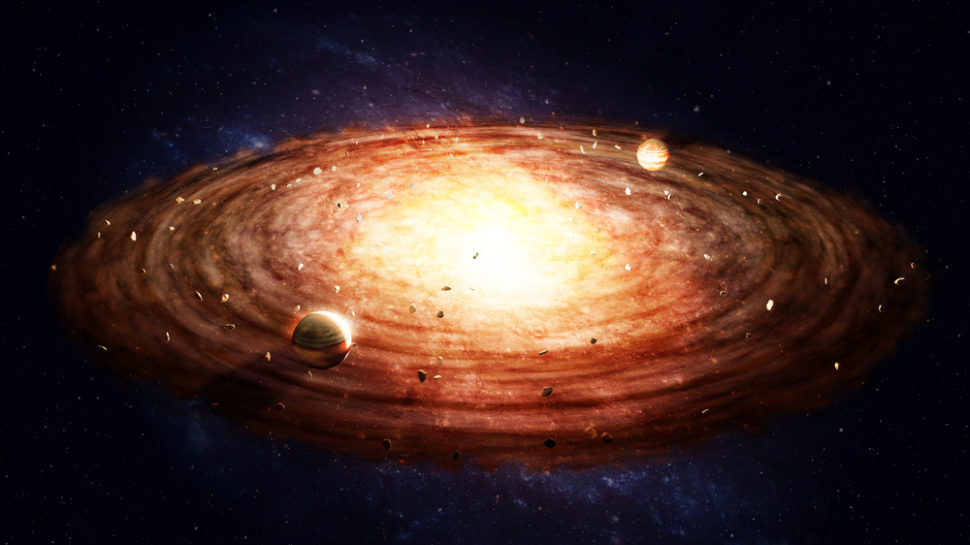For the past 15 years, astrophysicists at the University of Bern in Switzerland have used specialized techniques to predict planet masses. Unfortunately, the feat requires solving sets of complicated and time-consuming differential equations.
As a solution, the Swiss scientists adopted artificial intelligence into their work to help improve and speed up their computing process.
Yann Alibert, science officer of the NCCR PlanetS at the University of Bern, said in a statement:
‘There is a big hype also in astronomy. Machine learning has already been used to analyze observations, but to my knowledge, we are the first to use deep learning for such a purpose.”
Using Deep Learning to Compute Planet Masses
Planets usually form in stellar disks that accumulate solid materials and gasses. In determining their future mass, there are factors that astrophysicists have to consider.
Predicting planet masses usually depends on these celestial bodies’ solid properties, their disk’s pressure and temperature, and the materials in the atmosphere.
To create a neural network to help them compute these masses, the researchers calculated millions of possible interior structures of planets. It reportedly took Alibert and his colleague, Julia Venturini, three weeks to compute all the test cases using the code developed by Venturini during her Ph.D. study in Bern.
The duo then trained their artificial neural network using their ‘gigantic database.’
Alibert said:
“Now our network is able to predict the mass of a planet being formed under certain conditions with a very good accuracy and tremendously faster than solving the differential equations.”
According to the Swiss astrophysicists, their neural network is more accurate in solving differential equations than previously developed computer models.
Alibert and his team uploaded the neural network’s coding to GitHub to help other scientists working on planet formation.



















Comments (0)
Most Recent